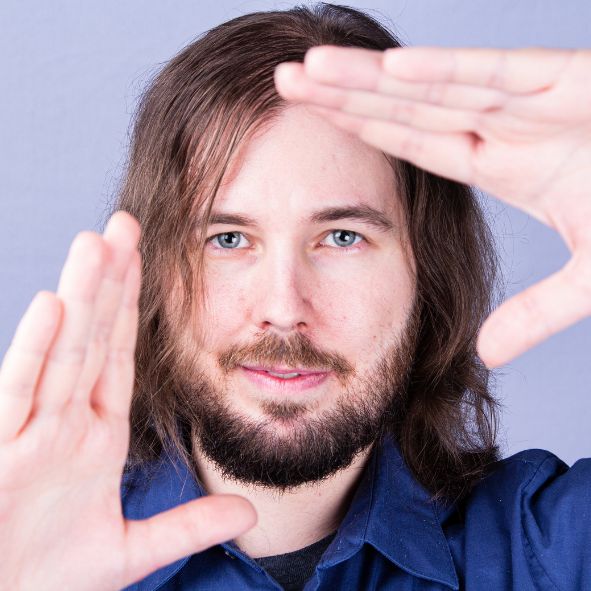Intentional Processes on December 11th 2023
Intentional Processes are a generalized concept I am currently experimenting with. It is a more generalized concept based on intentional spaces, I wrote about earlier.
Intentional Spaces
The concept of intentional spaces was already a lengthening of a common concept of safer space, which I wanted to take a step further when I was wondering around how ”safety” as a word can mean different things.
I was inspired by a concept in an article about radical feminist spaces I stumbled upon this autumn (but haven’t refound yet even though I should have it somewhere). I felt like naming the space and vocabulary used there might be used to define the space itself with more precision and accuracy. That is, even if a space is ’safe’ for minorities, it might also a challenging, complicated and even threatening space for those who enter a space uneducated.
Space in this concept means any space where the activities happen, room, building, yard or an abstraction of these concepts like a digital space.
My suggestion with defining this idea is simply that instead of using a very general concept with variety of different connotations like ”safe” or ”safer”, we always add some modifiers to name the concept. This is simply a communication strategy that makes entering a space a more informed and specific decision.
How is the ”space”? For real?
Intentional Processes
Since my work with Eskus’ safer space policy and with Live Art Society’s Braver Space Policy, I have studied a numerous other safer space policies, principles etc to understand how they present to me. A similar concept to the safer space policies are the concepts of closed set and closer rehearsals, which I have worked with because of my experiences as an intimacy director and intimacy coordinator. All of these concepts follow similar principles.
First, they don’t really discuss the physical concept of space, but a more abstract version of things happening in a specific sets of environments. Naturally, it is important that the space itself is also chosen and maintained with intention. The experience of the space is also very much shaped by the people in it, and how they behave. It is a practical short-hand though.
I liked how Dr Rachel Hann’s ”body assemblages” (https://www.rachelhann.com/videos/v/e5beyondscenography) might help us think of a ”body” in a more broader, realistic way. This is something I am after here too.
I have noticed though is that personally, language of a ”space” takes away some of my own agency but also puts in a lot of responsibility. Instead of speaking of clear, practical protocols, ways of working or decisions to make the environment work in a certain way.
Shorthand, a communication strategy, like ”space” might not have anything wrong in it. As long as the word ”space” is enough to clearly and consistently generate the intended behaviour.
This is also something I am currently working further on this concept, and might have to think and experiment with it further.
